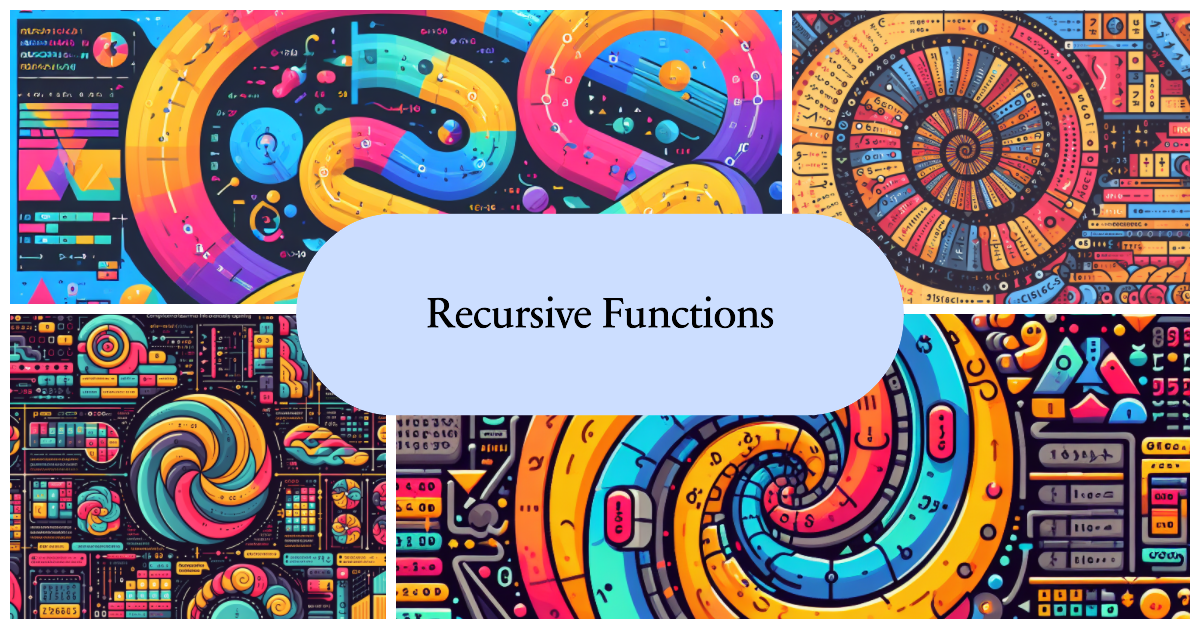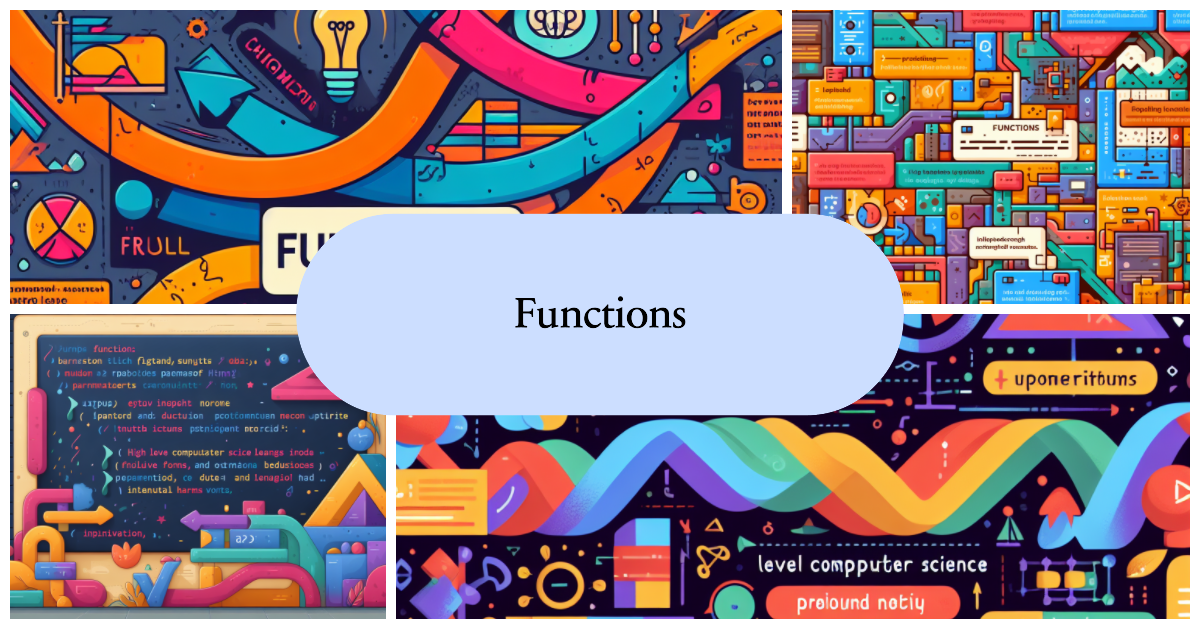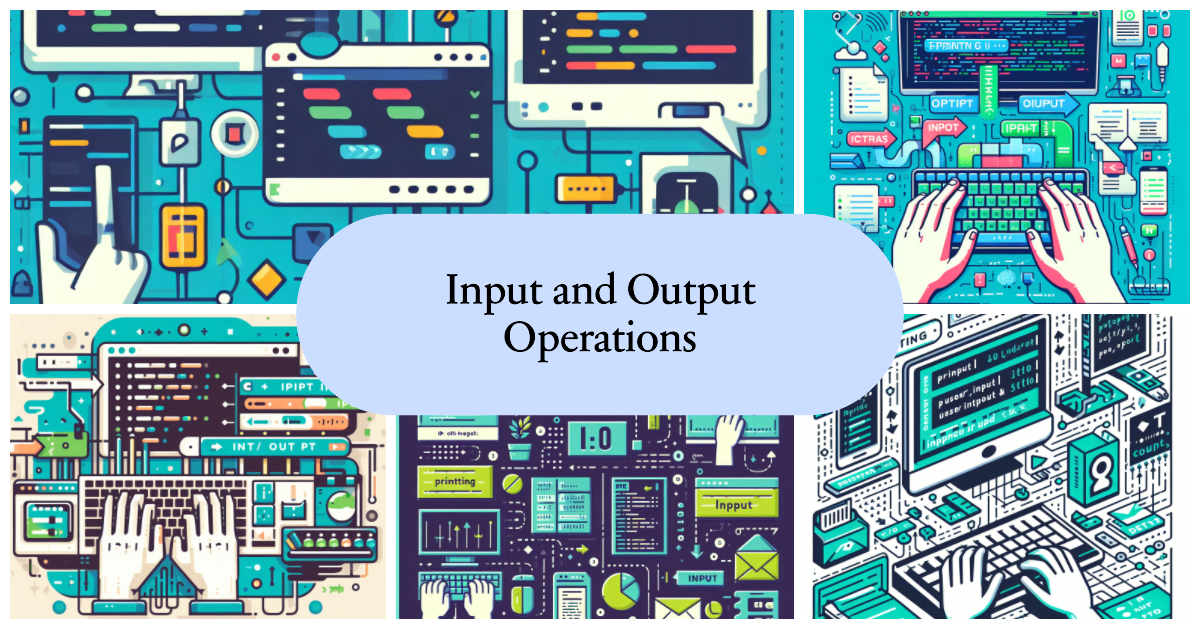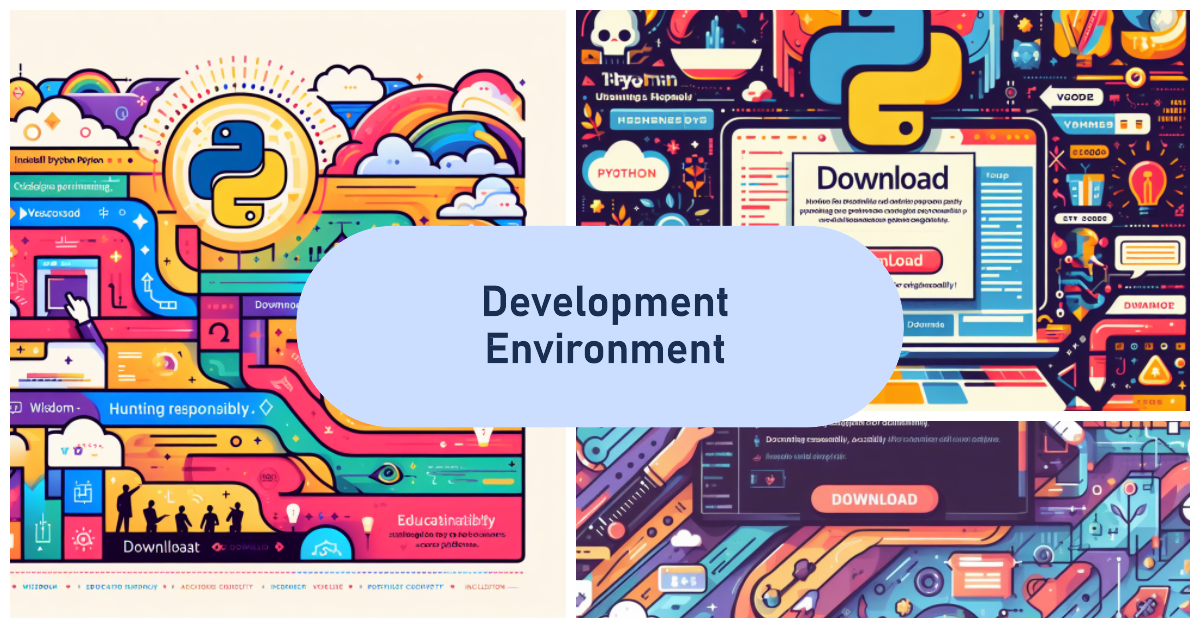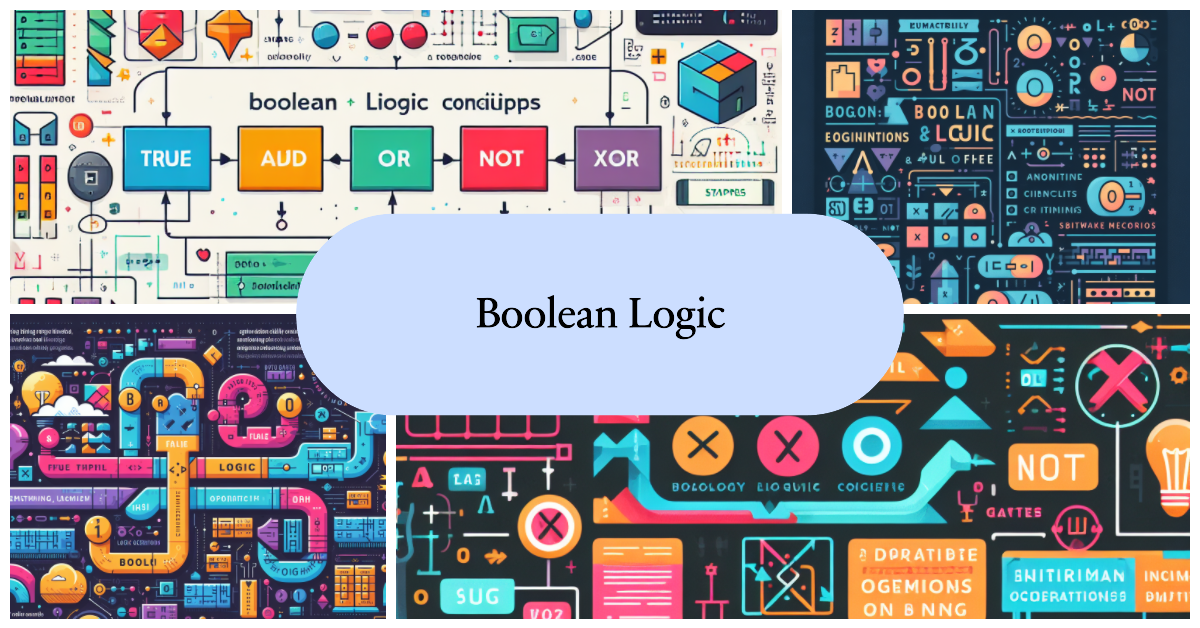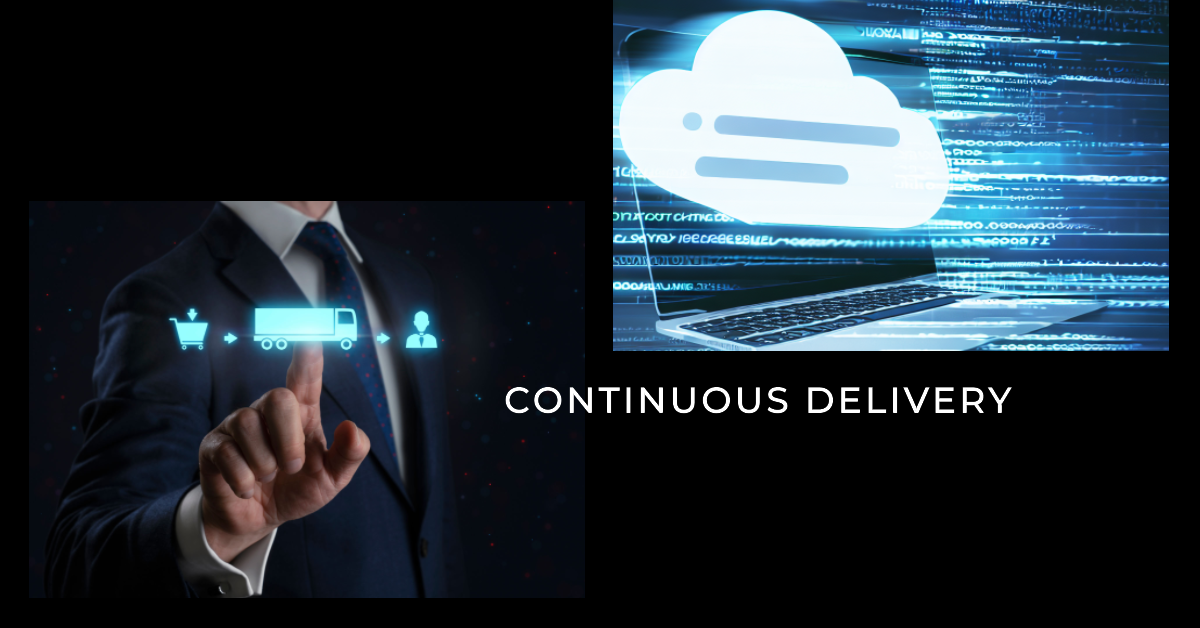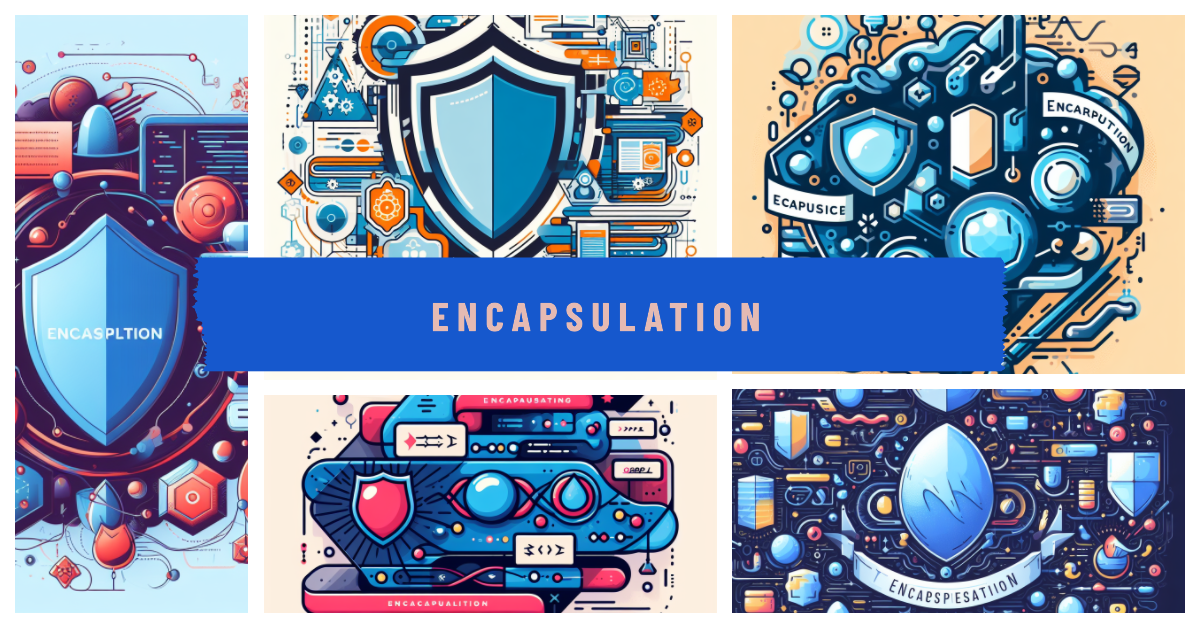
One of the fundamental pillars of object-oriented programming is encapsulation. This powerful characteristic allows us to control access to class members, hiding implementation details and protecting the state of our objects. In this article we will delve into the concept of encapsulation, the usefulness of getters, setters, public/private properties and methods, and the important benefits this provides us as developers.
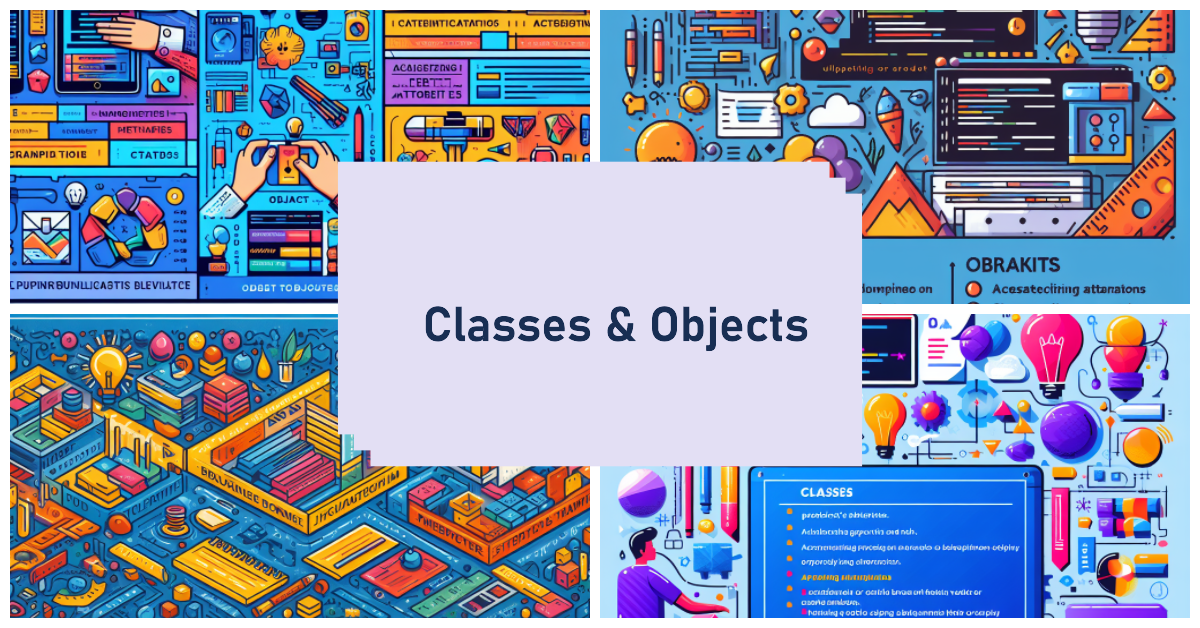
In object-oriented programming, classes and objects are the key concepts to understand how we model elements of reality and define their structure and behaviour within software. Let's look in detail at the anatomy of a class, how to create objects from it to use their properties and methods, and other key details of their relationship.
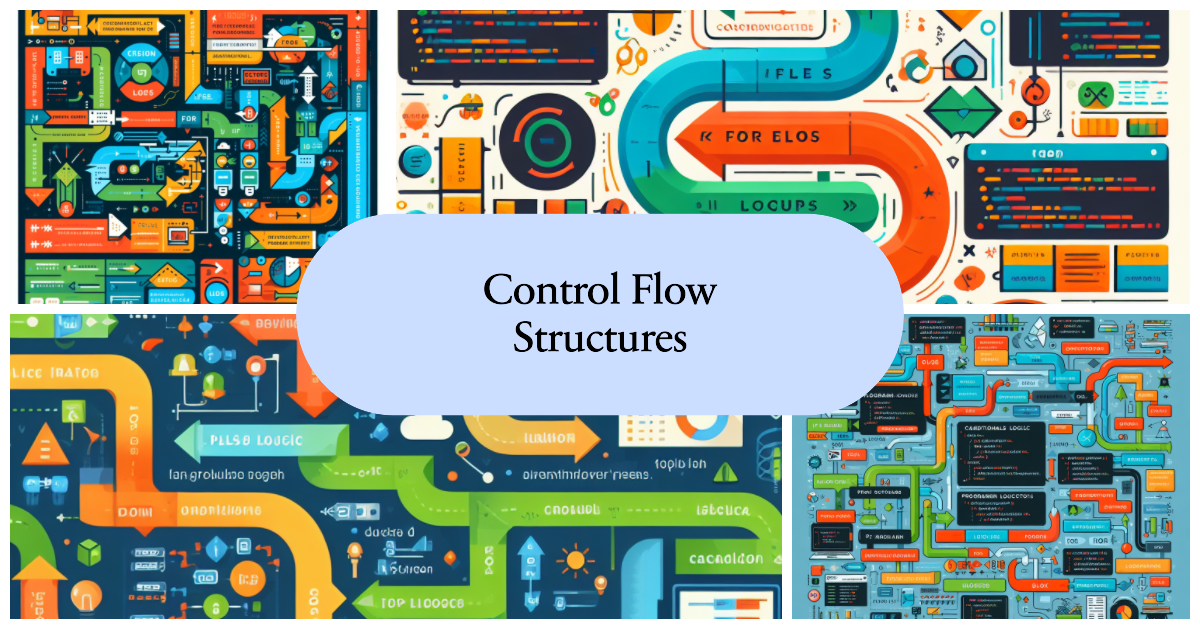
When we embark on the exciting journey of learning to program, we soon discover that programming is not just about writing code, but also about controlling the flow of that code. We can compare it to the flow of decisions we make in our daily lives. For example, if it’s cold outside, we put on a coat before going out. If we have no pending tasks, we go to the movies. Our actions depend on these evaluations and decisions. Control flow is, essentially, the way we decide which part of the code runs, when it runs, and how many times it does. To do this, we have a variety of structures that allow us to make decisions, repeat actions, and split our code into logical blocks.
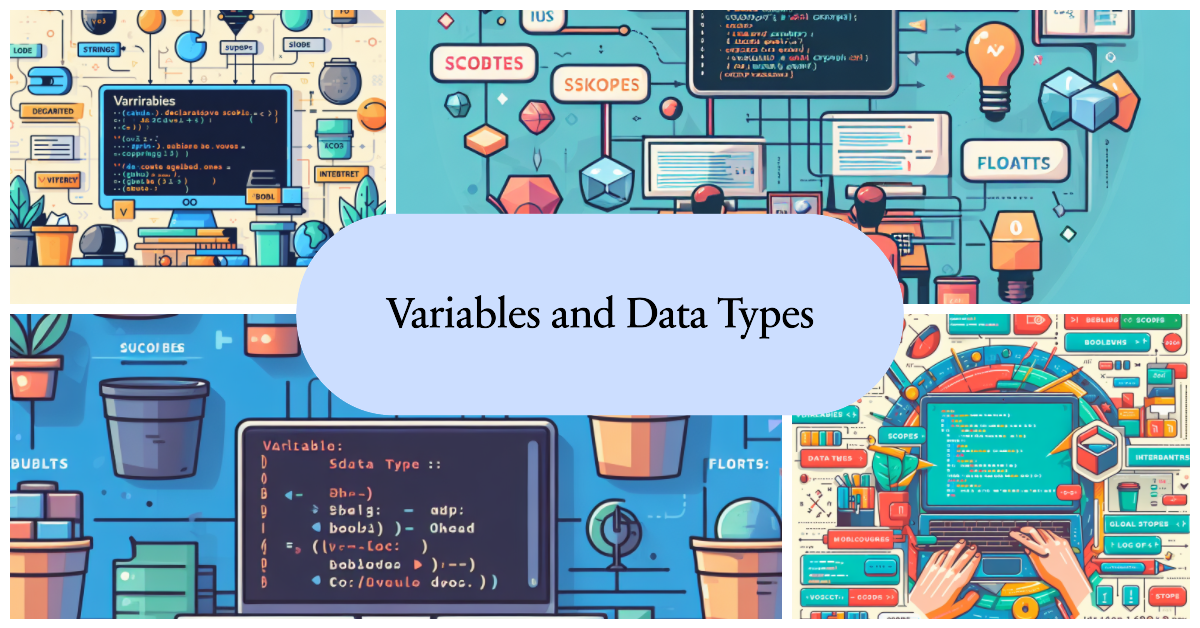
Understanding how variables and data types work is essential to master any programming language. In this article we will review the basic concepts of variables, operators, data types and type conversions using the Python language. We will cover both theory and practical examples so you can apply these concepts in your own programs.
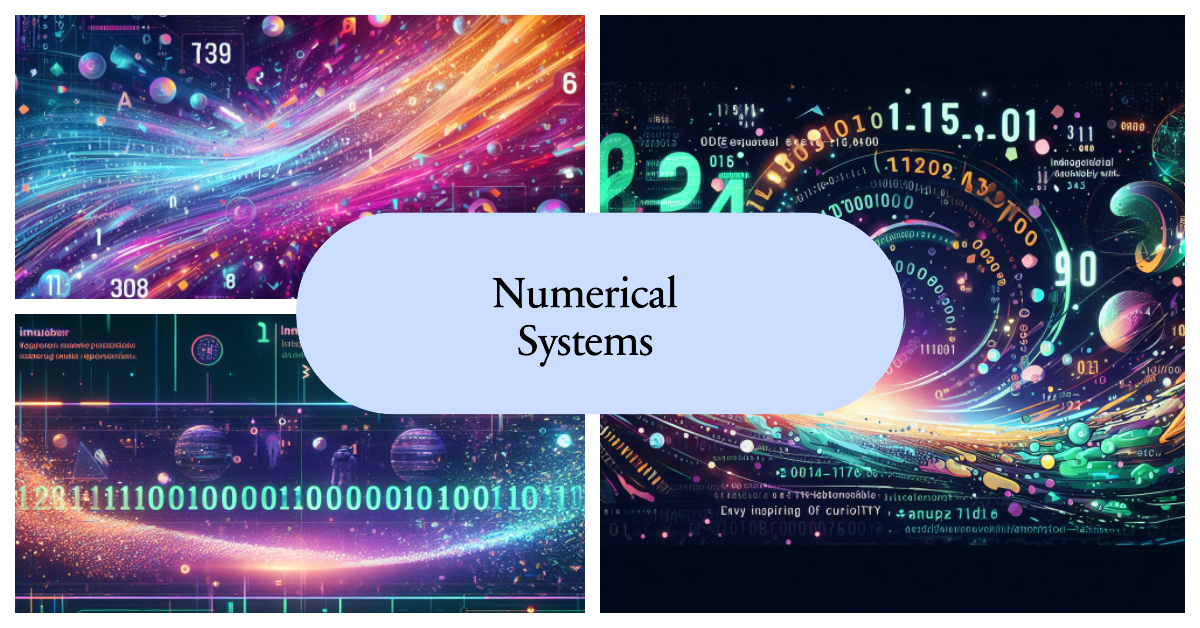
Every day, we're surrounded by numbers. From the alarm clock's digits waking us up in the morning to the price of our favorite morning coffee. But, have you ever stopped to ponder the essence of these numbers? In this article, we will dive deep into the captivating world of numbering systems, unraveling how one number can have myriad representations depending on the context.
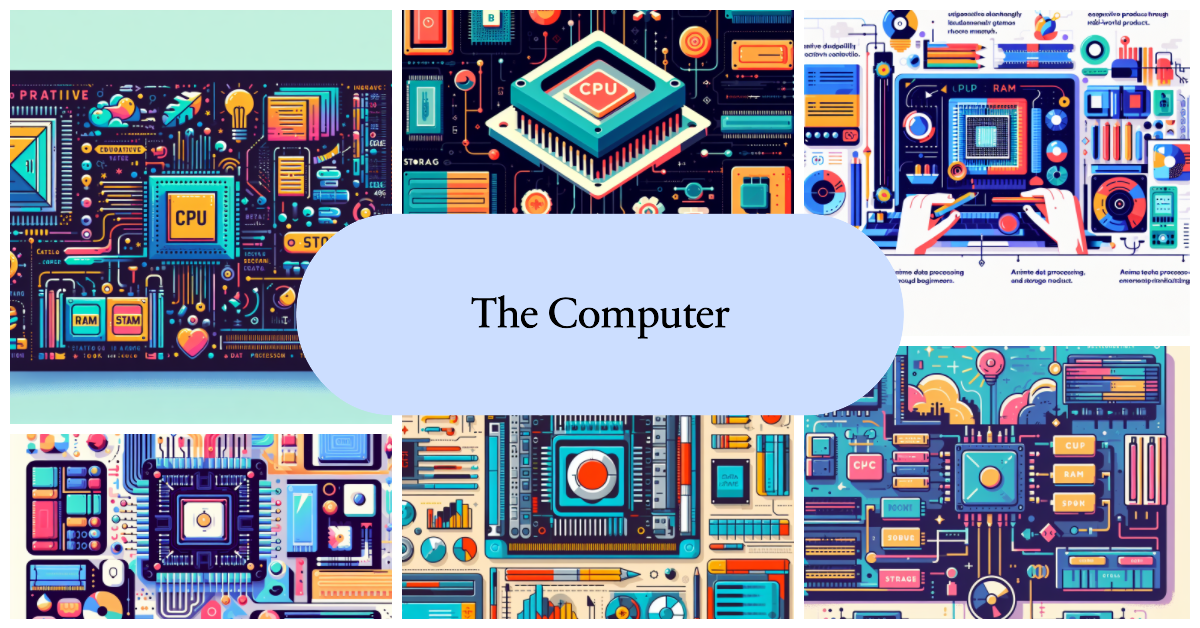
In today's digital age, where electronic gadgets seamlessly integrate into our daily lives, understanding the bedrock upon which these marvels stand becomes not just an academic interest but a societal necessity. As we embark on this enlightening voyage into the heart of computers, we aim to demystify the intricate dance between the physical and the abstract, between the tangible hardware and the intangible software.

